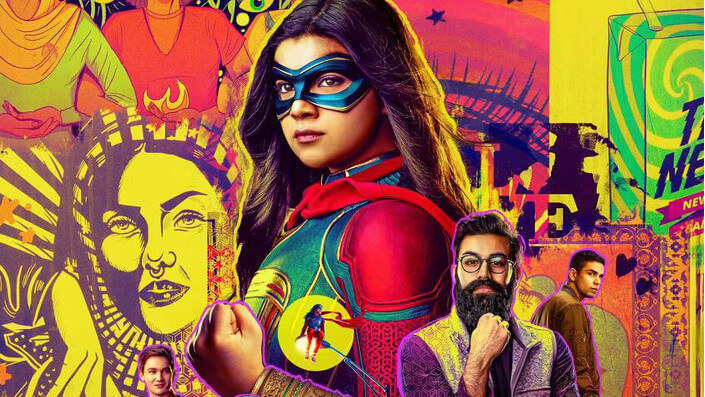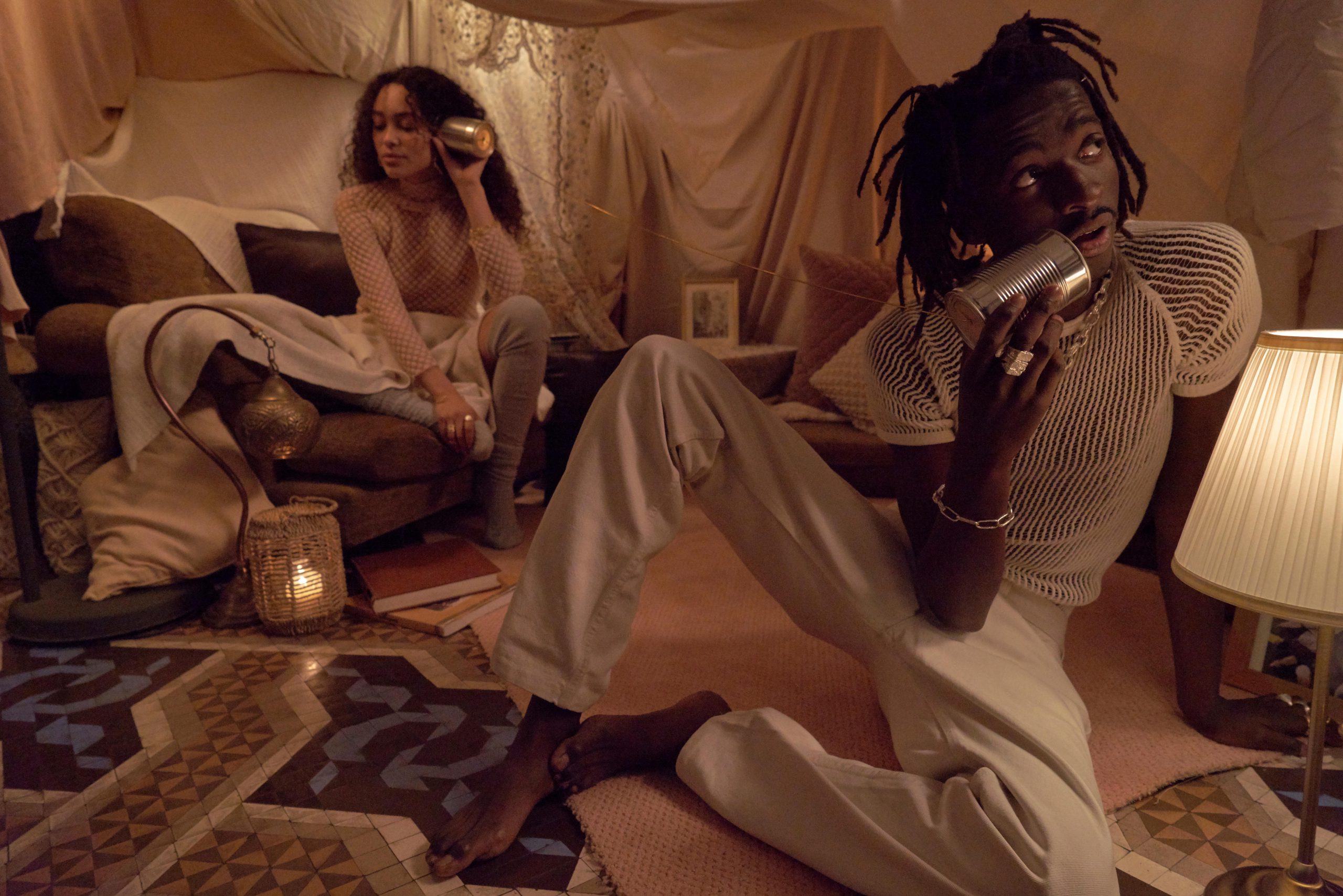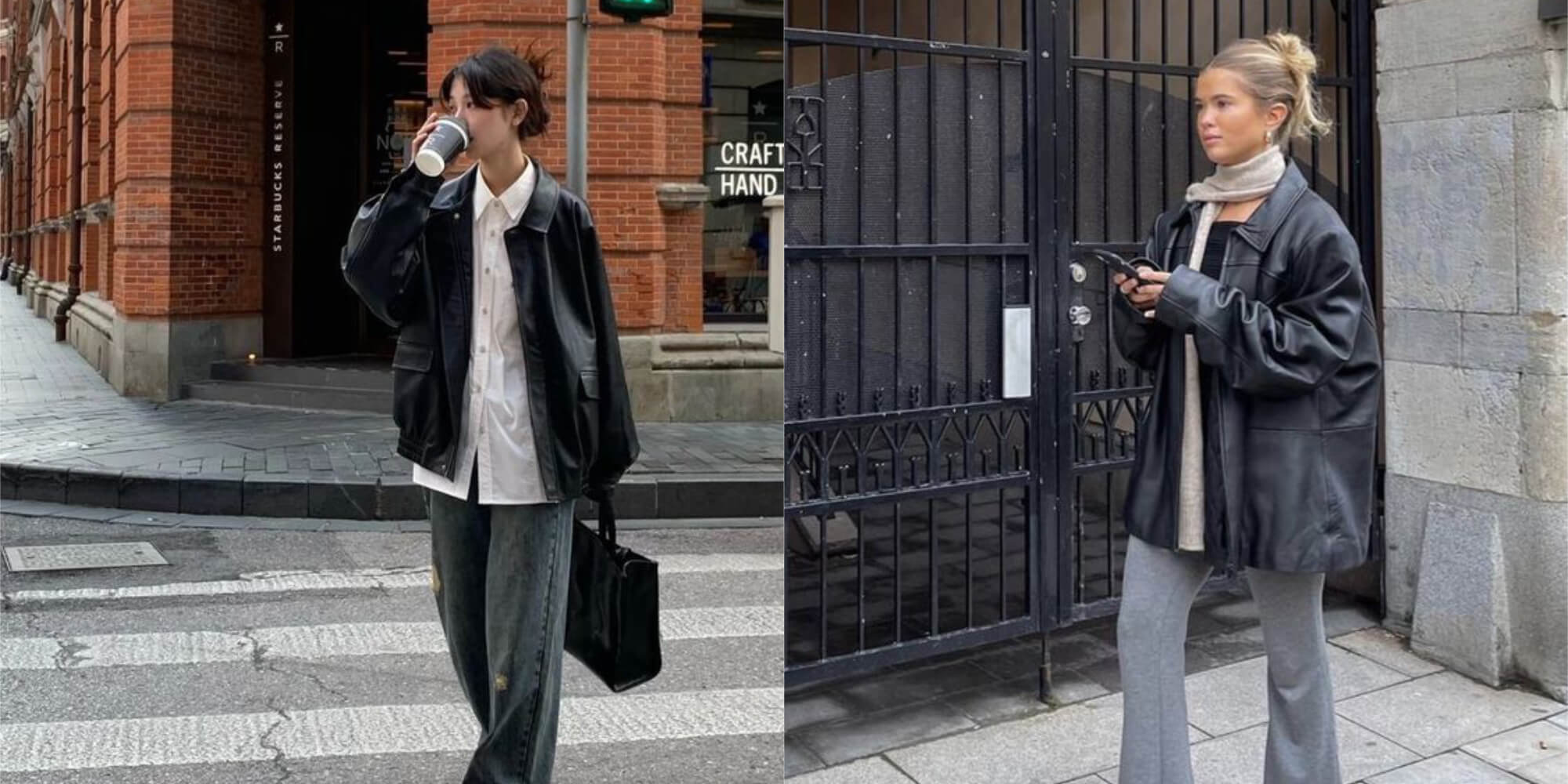The application of digital tools such as virtual reality, manifesting in apps and in-store installations that allow users to try on and interact with garments on a digital level, has taken on a new turn with generative AI since last year, this time, allowing creatives to elevate the level of aesthetics and generate dream-like, surrealist landscapes efficiently with AI fashion campaigns. The fantasy element is at play, and visualising those fantasies is endorsing the enduring impact of internet culture elsewhere outside digital spaces.
It’s been a year since the AI-generated Balenciaga x Harry Potter video filled every corner on the Internet, eventually followed by the Gucci version and other variations of ‘what would it be if x film were dressed by x brand’. Ever since, one could argue, disruptive technology has certainly become more and more of a marketing tool, for it allows brands to personalise in depth their marketing strategy, collect feedback, and react to it quicker. The level of engagement that the use of generative AI can achieve is astonishing.
But can the use of practices based on the Internet culture disband the organic course of Internet subcultures with the integration of commercial purposes? And also, what happens when fashion brands—and brands in general—capitalise on these tools and the aesthetics and genius of Internet subcultures?
Certainly, these are questions that stand unanswered.
Internet subcultures and collective identities
Looking at the not-so-long history of the subconscious of the internet, there’s no doubt that practices related to producing memes and content alike, exposing the absurdities of our day-to-day, communicating complex emotions, and projecting new fantasies, belong to Internet subcultures. In the dark space of the Internet, somewhere on the cloud, a new form of modern communication has emerged, and it has the capacity to not only offer a space for self-expression but to construct collective identities between different peoples—from stigmatised communities or not.
Forming these collective identities, unbounded to physical realities, has proven to have a deep influence on social and political subversion, as it taps into collective consciousness and deals first-hand with the complexity of digital narratives that are inescapably entwined with the current socio-political discourse.
As this type of digital content, relying on recent events ingrained in public memory, humour, and criticism, sparks stronger emotional responses by appealing to a common denominator, marketers have been incorporating the language of the Internet culture into their campaigns, effectively engaging with the internet-savvy audience. In conversation with multidisciplinary creative and researcher Silvia dal Dosso, points out the ways advertising agencies are hijacking the power of the meme culture reflected in the opening of new positions for meme lords.
Interestingly, since the advent of gen AI, AI fashion campaigns have been about dreamy, utopian-like landscapes. Starting with artist David King Reuben, who produced a hyperrealistic 23-page portfolio showcasing the Louis Vuitton SS23 RTW collection, Coperni AW23 and Etro SS24 are some prime examples of how gen AI is setting the tone for retro-futuristic aesthetics. But regardless of the efficiency or overarching aesthetics these technologies are conveying, what remains true is that brands are creating memorable experiences that keep the audience entertained and engaged, turning what once was organically relatable and socially critical into profits.
*Header: Coperni SS23 Campaign by Alexandre Silberstein and Florent Canale drawing inspiration from Jean de la Fontaine’s 1600’s fable ‘The Wolf and the Lamb‘




























